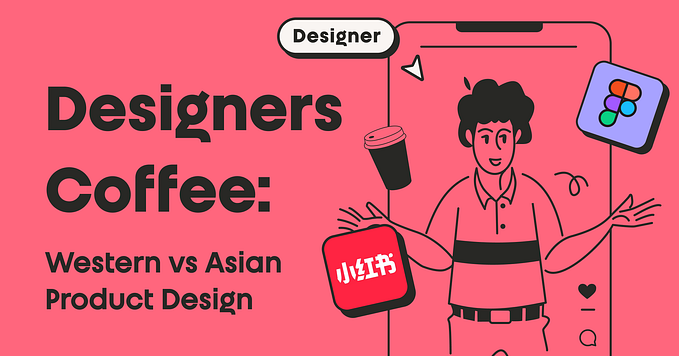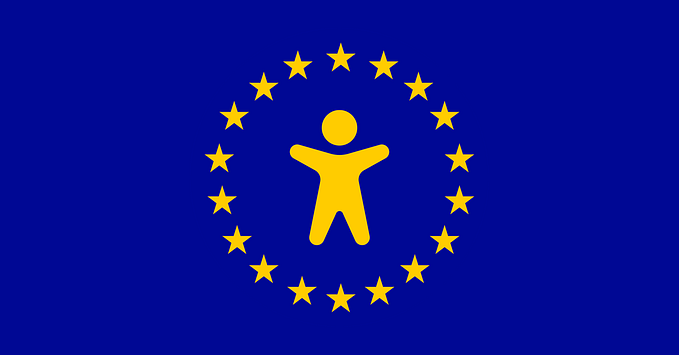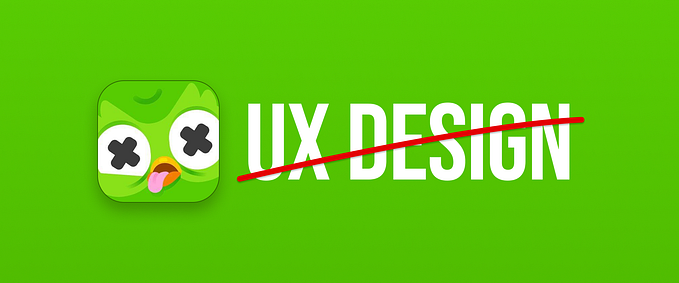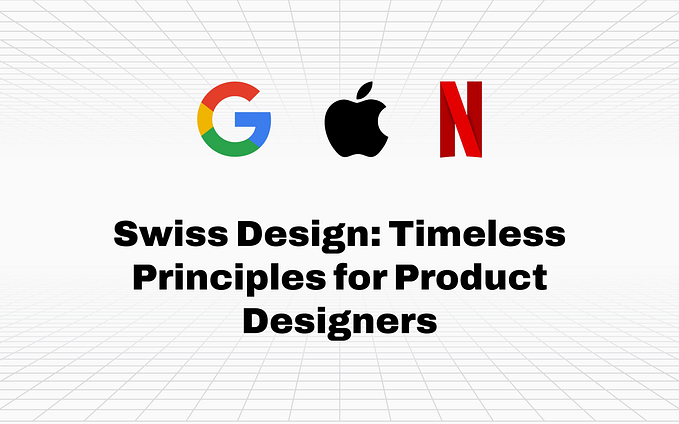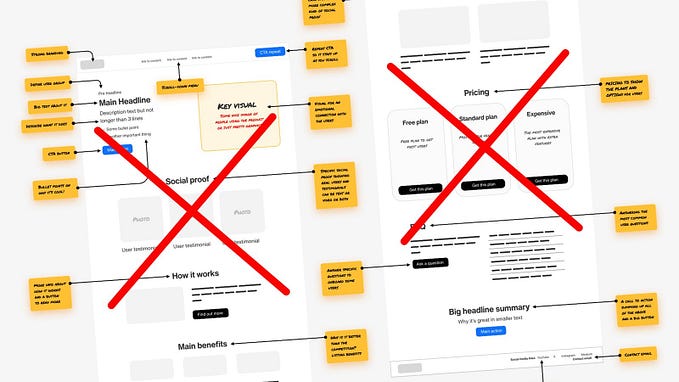Member-only story
Why does minimalist design impact user psychology?
Relationship between minimalist design and human psychology.
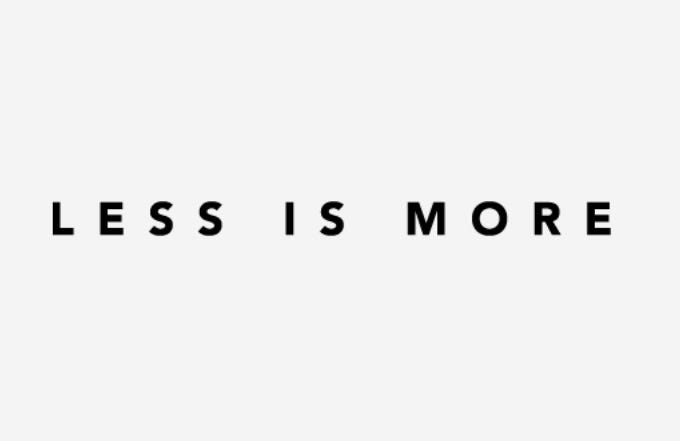
Why do we often find ourselves drawn to simplicity? Inundated with information, noise, and visual clutter, the allure of minimalism seems to grow stronger each day. But what is it about minimalist design that resonates so deeply with us?
Is it merely a visual preference, or does it tap into something more profound within our psyche?
The concept of minimalism, with its emphasis on reducing elements to their bare essentials, has transcended art, architecture, and design to become a cultural phenomenon. It reflects a yearning for clarity, order, and a return to fundamentals in an increasingly complex world.
In the current state of digital products, where the competition for user attention is fierce, minimalism has emerged as a powerful tool to guide user behavior and create impactful experiences. The simplicity that once was seen as merely aesthetic has evolved into a language of its own, a conversation between the creator and the user that transcends the boundaries of traditional design thinking.
What is Minimalism?
Minimalism, at its core, is a philosophy that embraces simplicity. But what does this simplicity entail, and why has it become a prevailing ethos in various aspects of our lives, from art to design to lifestyle? Let’s take a deep look into the essence of minimalism and its multifaceted dimensions.
Definition & Core Principles
Minimalism is not just the absence of excess but a conscious decision to focus on what’s essential. In design, this translates to stripping away unnecessary elements that don’t serve a purpose, leaving only what’s fundamental to the user’s experience.
- Simplicity: Emphasizing function over decoration.
- Clarity: Ensuring that the design communicates its purpose effectively.
- Harmony: Creating a balanced and cohesive visual and functional composition.



